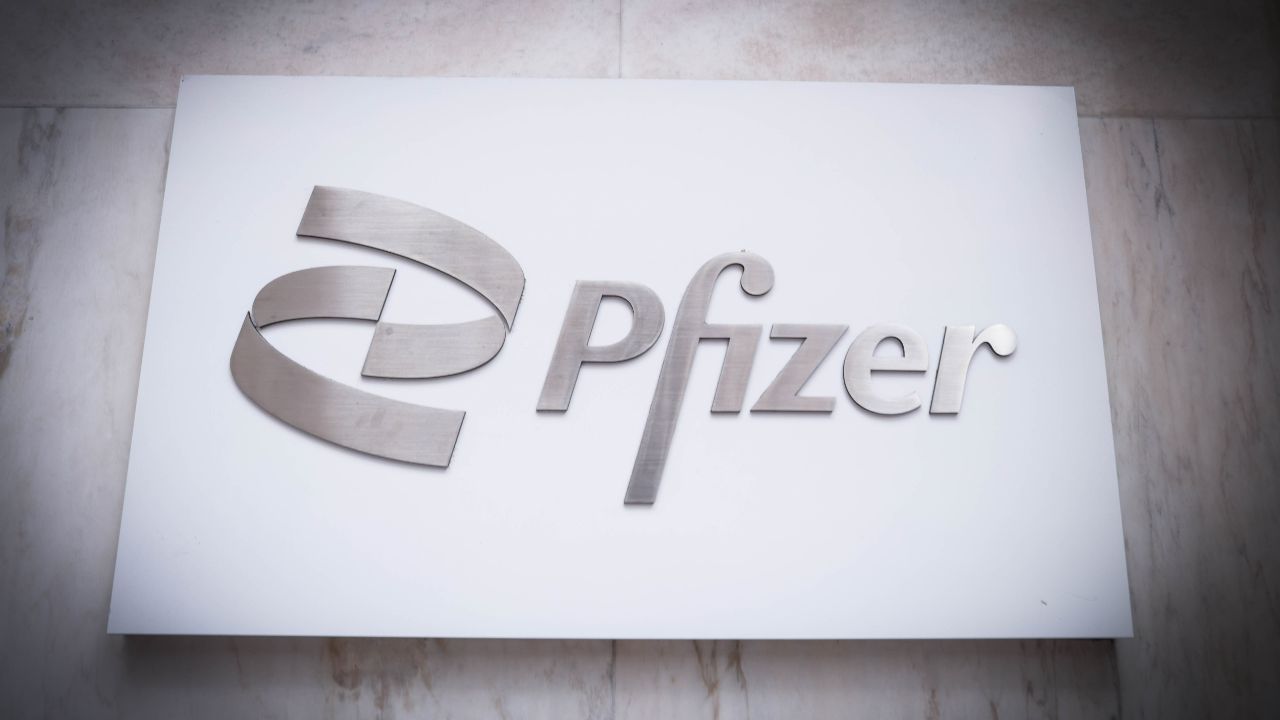AI Translation for Compliance: De-risking CSRD, NIS2, and CBAM Across the EU’s 24 Official Languages


Role-based 2025 playbook for C-suite, Legal/Compliance, Sustainability, CIO/CTO & Procurement to de-risk CSRD/NIS2/CBAM—standardize supplier letters, safety notices & disclosures across the EU.
Imagine this: A single mistranslated term in a supplier’s carbon emissions attestation, “equivalent method” rendered as “similar approach” in German, triggers a CBAM filing error that costs your company €50,000 in penalties and six weeks of remediation work. This scenario, increasingly common as EU compliance deadlines loom, illustrates why accurate translation is no longer just a communication necessity, it’s a business-critical control mechanism. With AI translator technology advancing rapidly, governed properly, these tools can slash misinterpretation risks across compliance-critical content while accelerating regulatory readiness.
Why Translation Risk is Now a Compliance Risk
The convergence of three major EU regulations, CSRD, NIS2, and CBAM, has fundamentally elevated translation from a support function to a strategic risk management imperative. CBAM will apply in its definitive regime from 2026, with companies required to start CSRD reporting between 2025 and 2029, while until the end of 2025, importers must report emissions linked to covered goods.
This regulatory tsunami has created unprecedented stakes for multilingual accuracy. Poor data quality practices in 2025 could lead to reporting mistakes, business disruption, and enforcement risks once the financial obligations begin. The failure modes are predictable yet devastating: ambiguity in scope definitions leading to boundary setting errors, inconsistent terminology across subsidiaries creating audit vulnerabilities, and uneven supplier documentation quality generating cascading compliance gaps.
According to a research, 90% of global enterprises now use AI-enhanced translation solutions, yet most lack the governance frameworks necessary to deploy these tools safely in compliance-critical contexts. The shift requires reframing translation not as a cost line, but as a governance and controls problem requiring board-level attention and systematic risk management.
What Are the Common Challenges Companies Face with AI Translation in EU Compliance?
The Risk Hotspots: Where Mistranslation Becomes Material Risk
Scope Definitions (CSRD/ESRS)
The most dangerous translation errors occur in foundational terminology that determines regulatory boundaries. Terms like “double materiality,” “value chain,” “significant risk,” and “due diligence” carry precise legal meanings that, when mistranslated, trigger wrong boundary setting across entire sustainability programs. A mistranslated definition of “value chain” in Italian could incorrectly exclude Scope 3 emissions from thousands of suppliers, creating massive under-reporting liability.
The fix requires controlled terminology with locked definitions, approved phrasing libraries, and cross-references to official regulatory text in all target languages. Companies must maintain centralized glossaries with SME validation for each term across all 24 official EU languages.
Safety & Security Instructions (NIS2 + Operational Policies)
NIS2’s cybersecurity mandates create life-safety implications for translation accuracy in SOPs, incident playbooks, and employee communications. Ambiguous imperatives—translating “must” as “should” or “recommended“—can cause non-compliance or unsafe behavior during security incidents. Modal verbs carry different urgency levels across languages, creating dangerous ambiguities in crisis situations.
Effective controls include style rules mandating specific modal verbs, iconography paired with text for critical warnings, and segment-level validation ensuring each instruction translates with appropriate urgency levels.
Supplier Attestations (CBAM & Procurement)
CBAM’s embedded-emissions reporting creates the highest-stakes translation challenges. Supplier declarations regarding carbon calculation methodologies vary significantly by source language, with “equivalent” methods frequently misread due to technical terminology gaps. A cement supplier’s attestation describing “clinker factor adjustments” could be mistranslated, invalidating months of carbon accounting work.
Structured templates with glossary-locked terms, validation questions built into supplier portals, and mandatory cross-checks against approved methodology lists provide essential safeguards.
10 Terms Most Often Mistranslated in Compliance Contexts
- Double materiality → Often confused with “dual significance”
- Due diligence → Frequently softened to “appropriate care”
- Value chain → Mistranslated as “supply chain” (missing downstream)
- Significant risk → Downgraded to “important concern”
- Embedded emissions → Confused with “associated emissions”
- Equivalent method → Weakened to “similar approach”
- Material weakness → Understated as “notable deficiency”
- Must/shall → Softened to “should/recommended”
- Reasonable assurance → Strengthened to “complete certainty”
- Scope 3 emissions → Translated literally, losing technical meaning
How Can Organizations Implement Effective AI Translation Governance?
Governance That Works: Control Frameworks for Compliance Translation
Terminology & Glossary Control
Success begins with centralized terminology ownership. Legal and sustainability teams must jointly own the termbase, with formal approval workflows, comprehensive change logs, and sign-off requirements for all additions or modifications. The termbase becomes a living compliance asset requiring the same controls as financial records.
Version control mechanisms must track every terminology change with audit timestamps, responsible parties, and business justification. Integration with AI translation platforms must enforce glossary injection at the segment level, preventing unauthorized term variations from entering production documents.
RACI Matrix for Translation Reviews
- Responsible (R): Business unit author; local market QA team
- Accountable (A): Translation operations team; compliance officer
- Consulted (C): Subject matter expert reviewer
- Informed (I): Records management team; executive sponsors
This matrix ensures every compliance translation receives appropriate expert review before publication or filing. Escalation procedures must define when human expert review is mandatory versus when AI translation tools can proceed with automated checks.
Audit Trail Requirements
Immutable versioning systems must capture comment history, reviewer decisions, and sign-off timestamps for each disclosure, safety notice, or supplier communication. These audit trails map directly to regulatory filings, enabling rapid response to compliance inquiries.
Policy artifacts include comprehensive translation SOPs, exception handling procedures (including escalation triggers to human experts), and retention schedules aligned with regulatory requirements. The governance framework must treat translation decisions as compliance decisions, with commensurate documentation requirements.
Which AI Translation Technologies Best Support Compliance Requirements?
Glossary must occur at the engine level, not post-processing, ensuring controlled terminology appears consistently regardless of which engine processes the content. Auto-routing to human review triggers when quality signals dip below defined thresholds, preventing low-confidence translations from reaching production.
An advanced AI translation platform maintains context across projects, suppliers, and recurring phrases, reducing rework and terminology drift. These agents learn organizational preferences, supplier-specific terminology, and regulatory context, improving accuracy through accumulated knowledge rather than treating each translation as isolated.
Memory systems enable consistency checking across time periods, flagging when current translations deviate from previously approved versions of similar content. This capability proves essential for maintaining terminology consistency across quarterly CSRD reports or annual CBAM filings.
Side-by-side segmenting accelerates expert review by highlighting inconsistencies, preserving document layout, and enabling rapid spot-checking of high-risk terminology. Reviewers can quickly validate controlled terms while skipping low-risk boilerplate text, optimizing human expert time for maximum risk reduction.
Risk-tiered sampling ensures 100% human review for high-risk artifacts (CBAM filings, NIS2 incident reports, material CSRD disclosures) while enabling light sampling for low-risk content (routine communications, internal documentation). Sampling rates adjust dynamically based on content risk classification and historical accuracy metrics.
Data residency options ensure sensitive compliance data remains within required jurisdictions. PII redaction capabilities protect personal data during translation processing. Model and vendor due diligence must align with EU AI Act requirements, ensuring translation providers meet transparency and accountability standards.
How Do You Measure AI Translation Success in Compliance Settings?
KPIs That Matter: Measuring Translation Risk Management
Accuracy Percentage by Risk Class
Target accuracy thresholds differ dramatically across risk classes. High-risk compliance content requires 98%+ accuracy, while low-risk communications may accept 92% accuracy. Clear acceptance criteria prevent inappropriate risk-taking while avoiding unnecessary perfectionism for routine content.
Terminology Adherence Rate
Track the ratio of glossary-compliant terms versus flagged deviations across all translations. This metric directly measures governance effectiveness and identifies drift before it becomes material risk. Monthly trending reveals whether terminology controls are strengthening or weakening over time.
Cross-Market Consistency Percentage
Identical regulatory constructs must render uniformly across all EU markets. QA checks measuring consistency across language pairs reveal systematic terminology gaps and training needs for local teams.
Turnaround Time Analysis
Request-to-publish timelines for each artifact type spotlight bottlenecks that could delay compliance filings. Machine Translation Post-Editing (MTPE) offers a 30-50% cost reduction, but timeline benefits matter more than cost savings in compliance contexts.
Cost Per Artifact with Risk Adjustment
Include human review uplift costs when comparing single-engine versus multi-engine approaches. Risk-adjusted cost metrics prevent false economies that increase compliance exposure.
Risk Incidents Avoided
Count near-misses caught pre-publication and conduct post-mortems on published errors. Tie incidents to financial and operational impact to demonstrate translation governance ROI to executives.
What Quick Wins Can Organizations Achieve in 90 Days?
Rapid Implementation Roadmap
Days 0-30: Inventory & Prioritize
Map all content types by regulatory risk level: supplier attestations (highest risk), policy documents (high risk), safety documentation (high risk), routine disclosures (medium risk), internal communications (low risk). Extract critical terms from existing documents to create initial “good/better/best” terminology sets, focusing first on terms with the highest mistranslation risk.
Days 31-60: Pilot & Harden
Launch a two-language pilot (typically English plus the local market language with highest regulatory exposure) using multi-engine MT with memory capabilities. Enforce glossary injection and establish reviewer workflows with clear acceptance thresholds. Begin capturing audit trails immediately, even in pilot phase.
Days 61-90: Scale & Measure
Expand to 8-10 core EU languages, prioritizing markets with highest revenue exposure and regulatory complexity. Implement risk-tiered human review protocols, turning KPIs into dashboards that integrate with quarterly compliance reviews. Update procurement clauses requiring suppliers to use approved templates and submit to translation quality audits.
Which Documents Require the Highest Translation Standards for Each Regulation?
Regulation-to-Artifact Crosswalk
CSRD Requirements
- Sustainability report narratives (98% accuracy requirement)
- ESRS datapoint explanations (98% accuracy requirement)
- Environmental and social policies (95% accuracy requirement)
- Employee sustainability communications (92% accuracy requirement)
NIS2 Requirements
- Security policies and procedures (98% accuracy requirement)
- Incident notification templates (98% accuracy requirement)
- Vendor security clauses (95% accuracy requirement)
- Employee training materials (90% accuracy requirement)
CBAM Requirements
- Supplier questionnaires (98% accuracy requirement)
- Embedded-emissions declarations (98% accuracy requirement)
- Customs documentation (98% accuracy requirement)
- Correction and clarification letters (95% accuracy requirement)
What Are the Most Common Implementation Mistakes to Avoid?
Common Pitfalls & Prevention Strategies
One-Engine-For-Everything Approach
By 2028, LLM translation could nearly match human-level quality in many cases, but current reality demands strategic engine selection based on specific use cases and accuracy requirements.
Spreadsheet-Based Glossaries
Glossaries living in spreadsheets lack version control, enforcement mechanisms, and integration capabilities. Cloud-based terminology management systems provide the control and auditability that compliance requires.
Reviewers Without Subject Matter Authority
Generic linguists cannot validate technical compliance terminology. Reviews require domain experts with regulatory knowledge, not just language skills.
Translation as “Set and Forget”
Treating translation as complete after initial publication ignores the feedback loop from compliance incidents. Continuous improvement requires analyzing translation-related audit findings and updating controls accordingly.
Conclusion: Making AI Translation a Compliance Asset
The convergence of CSRD, NIS2, and CBAM transforms translation accuracy from a quality-of-life issue into a material business risk. Organizations that implement proper governance frameworks alongside advanced AI translation technologies will achieve faster regulatory filings, fewer misinterpretation risks, and lower total compliance costs.
The 90-day implementation plan provides a practical pathway from the current state to controlled AI-powered translation capabilities. Success requires treating translation decisions as compliance decisions, with appropriate governance, controls, and measurement. As the AI translation market experiences nearly 25% growth with substantial advancements in accuracy, early adopters will gain sustainable competitive advantages in EU regulatory compliance.
The stakes are clear: mistranslated compliance content creates legal liability, operational disruption, and reputational damage. Companies that operationalize translation KPIs within quarterly compliance reviews will transform this risk into a competitive advantage, enabling rapid, accurate communication across all 24 EU official languages while meeting the highest regulatory standards.
The post AI Translation for Compliance: De-risking CSRD, NIS2, and CBAM Across the EU’s 24 Official Languages appeared first on European Business & Finance Magazine.











































